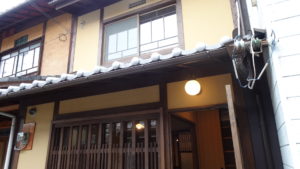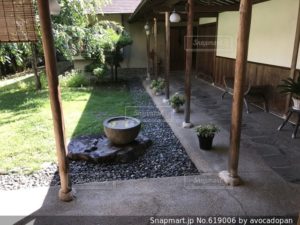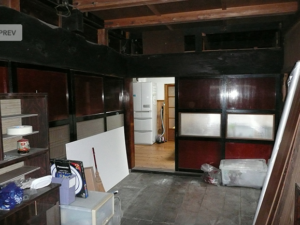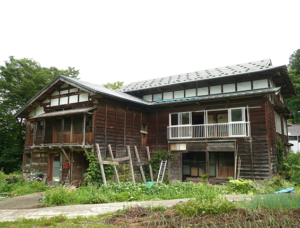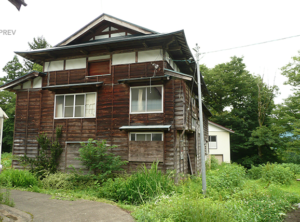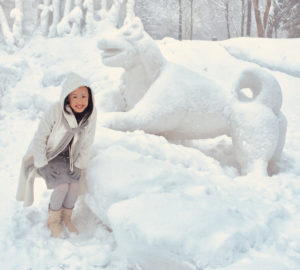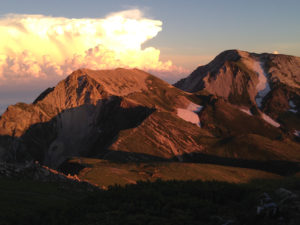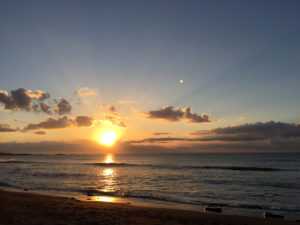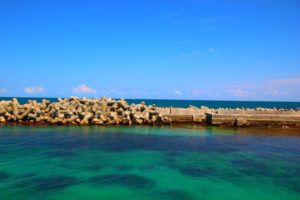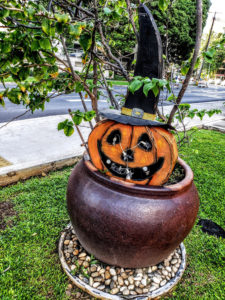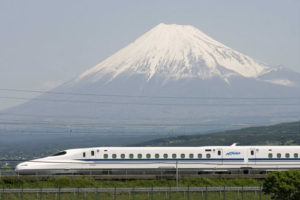
Contemplating Purchasing
Akiya and Turning It into a Hotel?
Uncover the Legal Considerations
for Change of Use
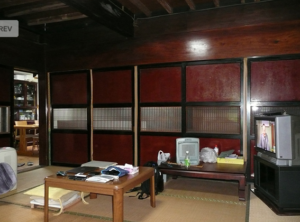
If you’re mulling over the idea of buying an Akiya (unused house) in Japan
and converting it into a hotel, it’s crucial to familiarize yourself
with the legal considerations involved in modifying the property’s purpose.
In this blog post, we’ll highlight the primary aspects you need to
keep in mind before diving into this thrilling endeavor.
Stay up-to-date and optimize your investment by following our business
blog for more news and valuable insights.

